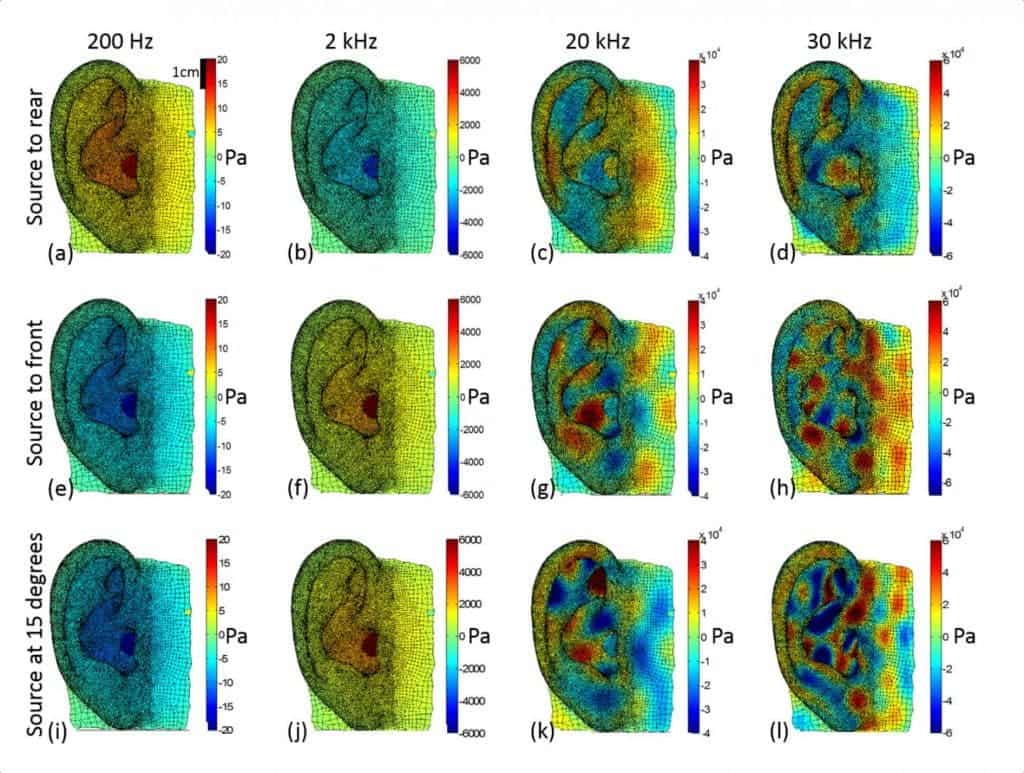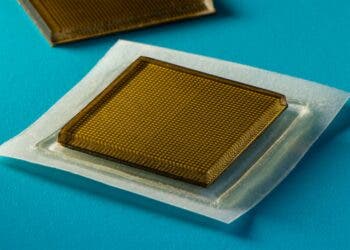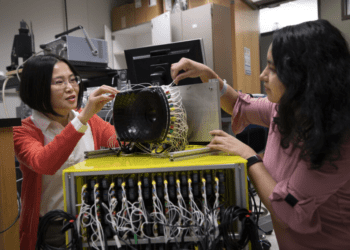While ultrasonic killing rays are still a thing of fiction, researchers have found that exposure to ultrasounds can be damaging to the human body.

An acoustic wild west
As it’s so often the case with science, the coolest thing is unpractical, and the not-so-cool things are the ones that actually warrant our attention — and this is no exception. Researchers studying the effects of ultrasounds on the human body have concluded that while an ultrasonic gun is unrealistic, regular exposure might cause serious symptoms.
Pest deterrents, dog controllers, some automatic sliding doors, public address voice alarms — and even a device marketed in the U.K. as a teenager repellant to keep kids from loitering outside storefronts — emit different frequencies of ultrasounds. These sources are typically covert and inaudible, so it’s hard for the population to know when they are exposed to ultrasounds.
Timothy Leighton at the University of Southampton, who focuses on ultrasonic exposure, found that most of these products are marketed as harmless — but that claim not based on any actual science. Without proper science and legislation behind it, regulation of these products is like a “wild west.”
“I looked at all this stuff, and I said, ‘This is an amazing detective story,'” Leighton said. “I began to pull together a picture that, in fact, the public was being exposed.”
Piece by piece, he started to look at the background ultrasonic exposure, and how previous studies also analyzed it.
“It was extraordinary when you opened up this topic,” Leighton said. He found that many national safety guideline limits could be traced back to a handful of studies performed in the 1970s on “a small number of adult men, many of whom had experienced gunfire, some of whom had worked in the rock-n-roll hi-fi industry… So it was inadequate data on which to base standards.”
Anectodally, he found numerous complaints that were attributed to ultrasound exposure — ranging from ringing ears and nausea to dizziness and irritability. However, it was difficult to confirm these claims. Leighton says this is definitely an area that deserves more serious regulation. The first ultrasonic devices appeared on the market more than half a century ago, and since it seems like they can cause serious health problems, they should definitely be regulated — or at the very least, we should study and understand their effects.
“I think 70 years is too long to go with inappropriate guidelines,” Leighton said. “If it’s public exposure, you’re going to have children and newborns exposed as well, and we have no information whatsoever on how safe it is for them.”
Leighton also discusses the bizarre 2017 incident in Cuba — when U.S. embassy workers experienced strange symptoms of hearing loss and confusion. Although that was linked to ultrasounds, Leighton says that’s very unlikely to be the cause.
The results will be presented at the 175th Meeting of the Acoustical Society of America.






